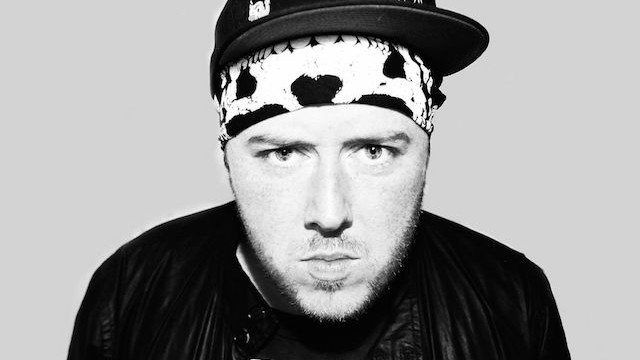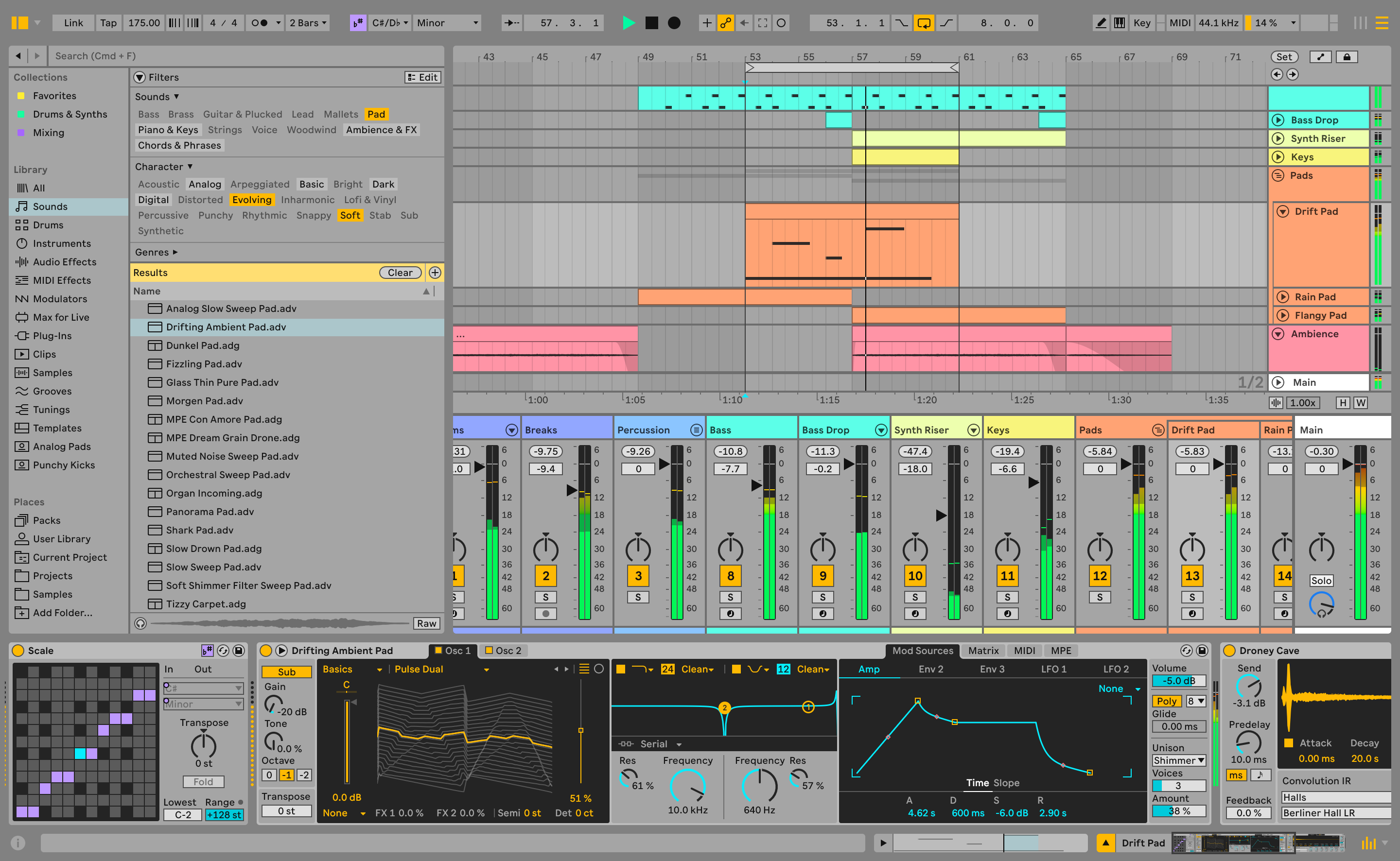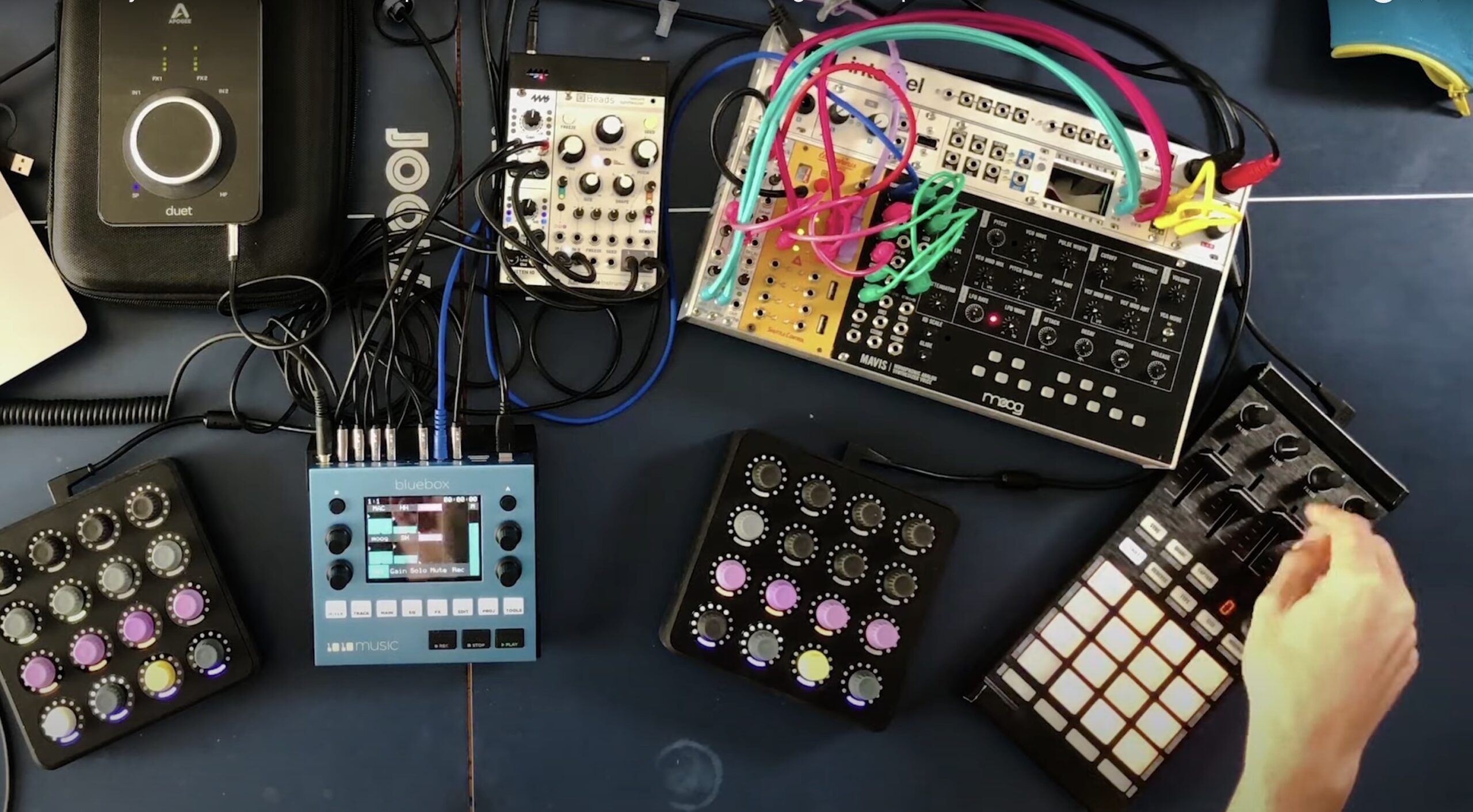Producer/DJ Jake Stanczak has made a habit of changing things up over the years. Whether jumping coasts from New York to Los Angeles, migrating from Reason to Ableton Live as his main production tool, or producing across the bass-music gamut—from making drum & bass as Ewun to crafting more electro- and trap-infused tunes for Skrillex’s OWSLA label as Kill the Noise—Stanczak has all manner of tips and tricks for keeping things fresh. We tapped him for some pointers on how to boost your creativity and what you should really focus on in the studio.
CHANGE YOUR SCENERY
One huge way to change things up is to try on a new piece of software, he says:
“I phased out of Reason over the course of a couple of years. I’ve been using Ableton Live exclusively for the last five years or so. I like Reason, and I used it for a very long time. I started ReWiring Reason into Ableton back in the day to take advantage of the audio-warping features in Ableton, and also there were a few third-party plug-ins I wanted to experiment with. Years later, Reason opened itself up to manipulating live audio, and third-party plugs. I haven’t really messed with the program recently, so I can’t comment on it, but I found changing sequencers to be really inspiring. A change of scenery is good for creativity.
I could see myself one day opening up Reason again and writing some music. I loved using it; it’s a good program. I’ve used many sequencers over the years. I think that learning how to use new software is an important skill for anyone that wants to have a career in electronic music. I’ll open up new plug-ins or sequencers all the time and try to figure them out for the challenge of it, even if I don’t intend on using them in the end. It strengthens your ability to learn, and you often find parallels you can apply to other devices.”
DON’T FIXATE TOO MUCH ON A SINGLE SOUND
There’s a whole lot of pontificating in forums about how Kill the Noise makes his enormous growling basslines, but he says that’s not the kind of thing that’s worth worrying about too much. “There are a lot of ways to arrive at the same destination with a particular sound,” Stanczak says.
“The bottom line is that it’s all about taste. Kids know how to make cool bass sounds; I don’t know anything that they don’t already know. There are plenty of tutorials online and a ton of artists that are skilled at making cool textured mid-range sounds. Here’s the problem: Their taste isn’t the greatest when it comes to songwriting, space, and, of course, mixing and engineering the track. That’s the biggest problem I hear in people’s tunes. You can go online and learn in an evening how to start making cool bass sounds, but it will take you years to make them work elegantly in context with the rest of the song.”
FOCUS ON ARRANGEMENT AND THE SONG
“The reason my sounds seem to be cool is because I give them their own space to shine,” says Stanczak. “It’s about contrast. In that type of music, the texture and movement of the sound is so important. Lots of producers think that jamming as many of those sounds together will make it better, but really the noises just overshadow each other, and with a shitty mix, it makes things bland. There’s no dynamics; your brain doesn’t pick things out in the mix and say, “Wow, listen to that noise! Wow, listen to that snare!”
The most important part of dance music is the groove, the feel, and movement of the track. You appreciate those noises much more when they are used in a musical kind of way. I find that people who are fixated on trying to create certain textures of sounds don’t spend enough time focusing on writing great songs. Taste is so important when it comes to executing the idea and mix on these types of tunes. It’s what separates some kid fucking with Massive from a real-deal artist, in my opinion.”
FOLLOW YOUR INSPIRATION WHEREVER IT TAKES YOU
Even a producer of Kill the Noise’s stature has challenges in the studio. “It doesn’t get any easier, because the more you learn, the more you realize you don’t actually know much at all,” he says. When it comes to taking the first step toward making a new track, “I just go with whatever is inspiring me at the time. It might be, ‘I wanna make some big-ass drums today,’ or maybe I find a cool sample, or maybe I am in a particular mood to write some melodies and chords; I go with wherever the idea is coming from.”
PLAN YOUR GIGS INTENTLY AND KEEP EXPERIMENTING
When it comes to prepping for his sets, “I spend a lot of time making new music, obviously: DJ edits, listening to promos,” he says. “On the road, I spend a good 3-5 hours in the hotel before every gig messing with stuff. I’m always trying new stuff and testing out ideas on the road.”
Follow Kill the Noise on Facebook and Twitter – or check out some of his recent Soundcloud tracks below:










